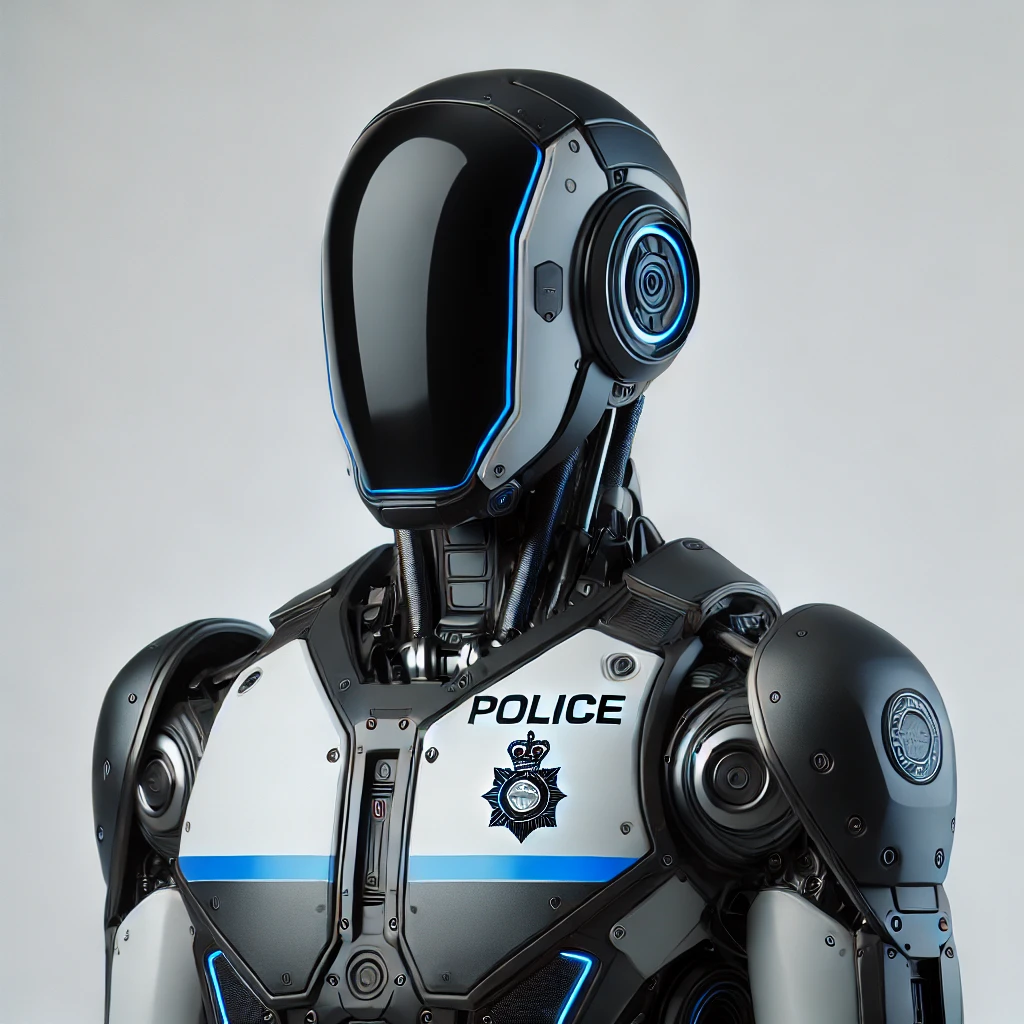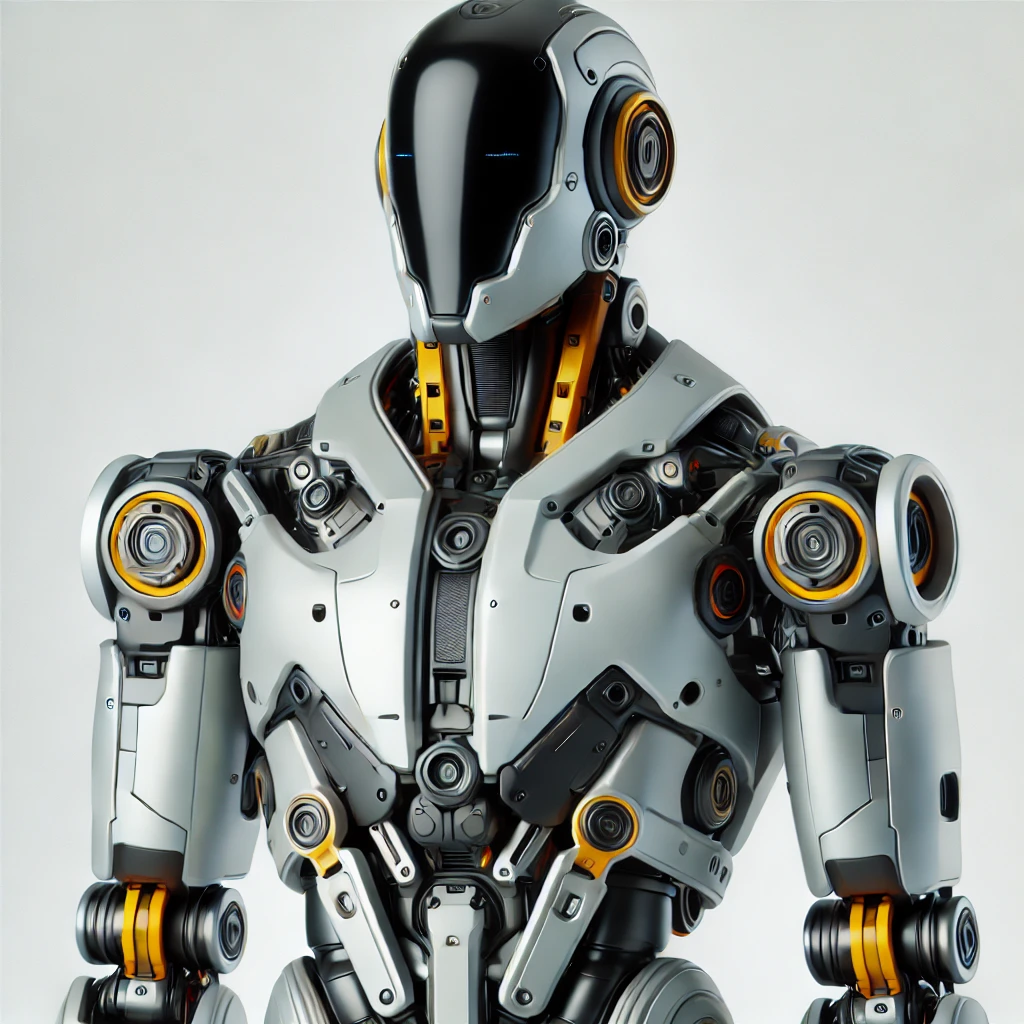Humanoid robots designed for smart cities are at the forefront of innovation, leveraging advanced technologies to enhance urban living, streamline services, and improve sustainability. These robots perform various roles, including public service, security, logistics, and urban maintenance, seamlessly integrating into the interconnected systems of smart cities.
This guide explores the objectives, design considerations, components, challenges, and potential applications of humanoid robots in smart cities.
Key Objectives of Smart City Humanoid Robots
- Public Interaction and Services:
- Facilitate interactions with residents and visitors in public spaces.
- Provide information, directions, and assistance in smart city environments.
- Efficiency in Urban Management:
- Automate routine tasks like street cleaning, waste collection, and utility inspections.
- Improve response times for emergencies and maintenance issues.
- Safety and Security:
- Enhance surveillance, crowd management, and law enforcement through AI and sensor-based monitoring.
- Assist in disaster response and rescue operations.
- Sustainability and Environmental Monitoring:
- Monitor air quality, noise levels, and energy usage in urban areas.
- Encourage and facilitate eco-friendly practices like recycling and energy conservation.
- Integration with Smart Systems:
- Collaborate with IoT devices, urban networks, and AI platforms to optimize city operations.
- Enable real-time data collection and decision-making.
Core Design Considerations
- Human-Centric Design:
- Humanoid robots should be approachable and user-friendly, designed to interact naturally with people.
- Include expressive features like facial displays or voice modulation for better communication.
- Mobility and Navigation:
- Ability to navigate crowded streets, buildings, and public transportation systems.
- Advanced locomotion systems, such as bipedal walking or wheeled mobility, for varied terrains.
- Durability and Weather Resistance:
- Materials and designs that withstand weather conditions, from rain to extreme heat.
- Protection against urban wear-and-tear, such as vandalism or accidental damage.
- AI and Communication Systems:
- AI for natural language processing (NLP), image recognition, and autonomous decision-making.
- Secure communication protocols for integration with smart city infrastructure.
- Energy Efficiency:
- Long battery life or renewable energy sources like solar panels.
- Smart energy management systems to optimize power usage.
Applications of Humanoid Robots in Smart Cities



- Public Service and Assistance:
- Tourist Assistance: Providing directions, local information, and ticketing services.
- Customer Service: Assisting in public offices, malls, and transportation hubs.
- Security and Law Enforcement:
- Monitoring public spaces for suspicious activity or safety hazards.
- Collaborating with law enforcement for traffic control, crowd management, and patrolling.
- Healthcare Support:
- Assisting in hospitals, elderly care facilities, and vaccination centers.
- Delivering medical supplies and providing telemedicine support in remote areas.
- Urban Maintenance:
- Cleaning streets, parks, and public spaces.
- Inspecting and maintaining infrastructure, such as bridges, power lines, and pipelines.
- Logistics and Delivery:
- Automating last-mile delivery of goods, including groceries and packages.
- Assisting in warehouse and supply chain operations.
- Environmental Monitoring:
- Detecting air and water pollution levels.
- Reporting real-time environmental data to smart city control centers.
- Disaster Response:
- Navigating hazardous environments during emergencies to aid rescue efforts.
- Assisting with evacuation, damage assessment, and first aid delivery.
Core Components of Smart City Humanoid Robots
- Mechanical Framework:
- Material: Lightweight and durable materials like aluminum alloys and carbon fiber composites.
- Mobility Systems: Advanced locomotion, including bipedal walking and self-balancing mechanisms.
- Actuators: Servo motors and soft robotics for human-like motion and safe interaction.
- Sensory Systems:
- Vision Systems: Cameras with AI for facial recognition, crowd monitoring, and navigation.
- Environmental Sensors: Measuring air quality, temperature, noise levels, and more.
- Proximity Sensors: For obstacle detection and collision avoidance in crowded areas.
- AI and Data Processing:
- Natural Language Processing (NLP): For seamless communication with city residents.
- Machine Learning: To adapt behavior and optimize performance based on real-world interactions.
- Cloud Integration: Real-time data analysis and coordination with smart city platforms.
- Communication Systems:
- IoT Connectivity: Integration with city infrastructure for data exchange and automation.
- 5G Networks: For high-speed, low-latency communication.
- Voice and Gesture Recognition: For intuitive interactions with users.
- Power Systems:
- High-capacity rechargeable batteries or renewable energy integration.
- Wireless charging pads for public spaces.
- Safety Features:
- Non-invasive designs for safe interactions with humans.
- Emergency shutdown systems to prevent malfunctions.
Challenges in Designing Humanoid Robots for Smart Cities
- Cost:
- High development and deployment costs can limit accessibility for smaller cities.
- Privacy Concerns:
- Use of cameras and sensors raises concerns about data privacy and surveillance ethics.
- Integration with Legacy Systems:
- Ensuring compatibility with existing infrastructure and devices.
- Energy Consumption:
- Developing energy-efficient systems to meet the demands of continuous operation.
- Maintenance and Durability:
- Frequent maintenance requirements can increase operational costs.
- Exposure to vandalism or rough handling in public spaces.
- Public Acceptance:
- Designing robots that people find trustworthy, helpful, and non-threatening.
Future Trends in Smart City Humanoid Robots
- Collaborative Robotics:
- Integration of multiple robots working together for tasks like large-scale cleaning or public safety.
- AI-Driven Personalization:
- Robots tailored to individual needs, learning user preferences and behaviors.
- Autonomous Swarms:
- Groups of humanoid robots coordinated for city-wide tasks like disaster response or large-scale monitoring.
- Energy Innovations:
- Use of renewable energy sources like solar panels integrated into robots.
- Advanced energy storage systems for extended operation.
- Customizable Modular Designs:
- Modular robots that can be easily adapted for different tasks or environments.
Examples of Humanoid Robots in Smart Cities
- Pepper by SoftBank Robotics:
- Designed for public interaction, providing customer service and information.
- Atlas by Boston Dynamics:
- Advanced mobility and dexterity, suitable for urban maintenance and disaster response.
- Nao by SoftBank Robotics:
- A smaller humanoid used for education and interactive public services.
- Cyberdyne’s HAL:
- Assists with healthcare and physical rehabilitation tasks.
Design and Development Framework
- Needs Assessment:
- Identifying city-specific challenges, such as congestion, pollution, or resource management.
- Prototype Development:
- Building prototypes to test mobility, interaction, and environmental adaptability.
- Integration Testing:
- Ensuring robots work seamlessly with IoT systems, networks, and city infrastructure.
- Deployment and Feedback:
- Gradual deployment with continuous performance monitoring and feedback loops for improvements.
Conclusion
Humanoid robots designed for smart cities are a vital innovation for enhancing urban living, promoting sustainability, and addressing modern challenges. By integrating advanced technologies and AI-driven systems, these robots offer transformative solutions for public services, safety, and efficiency. As cities become smarter and more connected, humanoid robots will play an increasingly significant role in shaping urban landscapes and improving the quality of life for residents worldwide.
